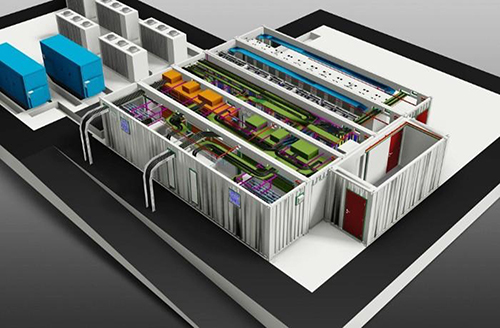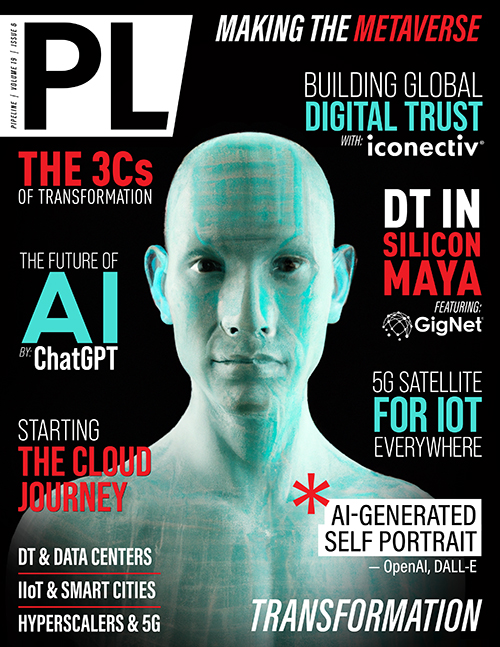How Hyperscalers Fit in a
5G-Connected World
Different demands, different performance metrics
In the next few years, this kind of connectivity will transform whole industries. Take healthcare: online consultations are already proving popular and are predicted to reach $836 million in market value by 2024. But more imaginative use cases like augmented reality-based training for doctors and nurses are also on the horizon. And remote surgeries for minimally invasive procedures may be worth $13 billion by 2025, with an installed surgical robot base of around 10,000 units. Each of these procedures has different requirements in latency, bandwidth, privacy, and mobility to support artificial intelligence. While routine health check-ups may be more forgiving regarding latency and reliability, remote surgical procedures underscore the need for end-to-end network monitoring and assurance.
In the transport and logistics sector, businesses will soon be able to take advantage of a wealth of new, better data at every stage of the delivery process. 5G is poised to enable the more thorough monitoring of not only the location of goods but also the condition of the goods, too—a continuous process unlike at present, where tracking is restricted to key checkpoints in the chain. This extra level of detail in every aspect of the supply chain opens new efficiency gains for logistics companies, who will be able to identify or reduce issues throughout the delivery process, like delays or cold storage faults, chipping away the potential for human error.

In addition, the manufacturing sector is increasingly turning to private 5G edge cloud computing to build a responsive ‘nervous system’ that can connect robotics with material handling and predictive maintenance applications, and 5G has become critical to realizing next-generation factory automation. But high bandwidth is required here to support smart factory rates from 1-20 GB/second—the real-time IoT sensors can often run into the millions for a single deployment, for instance.
Observability of everything is a 5G dream
Meanwhile, hand tools as simple as screwdrivers are now being turned into digital assets that stream torque, position, and calibration data back through the network. Datacenter software gathers, coordinates, and analyzes this sensor data, alerting facility managers to possible issues with predictive maintenance.



















